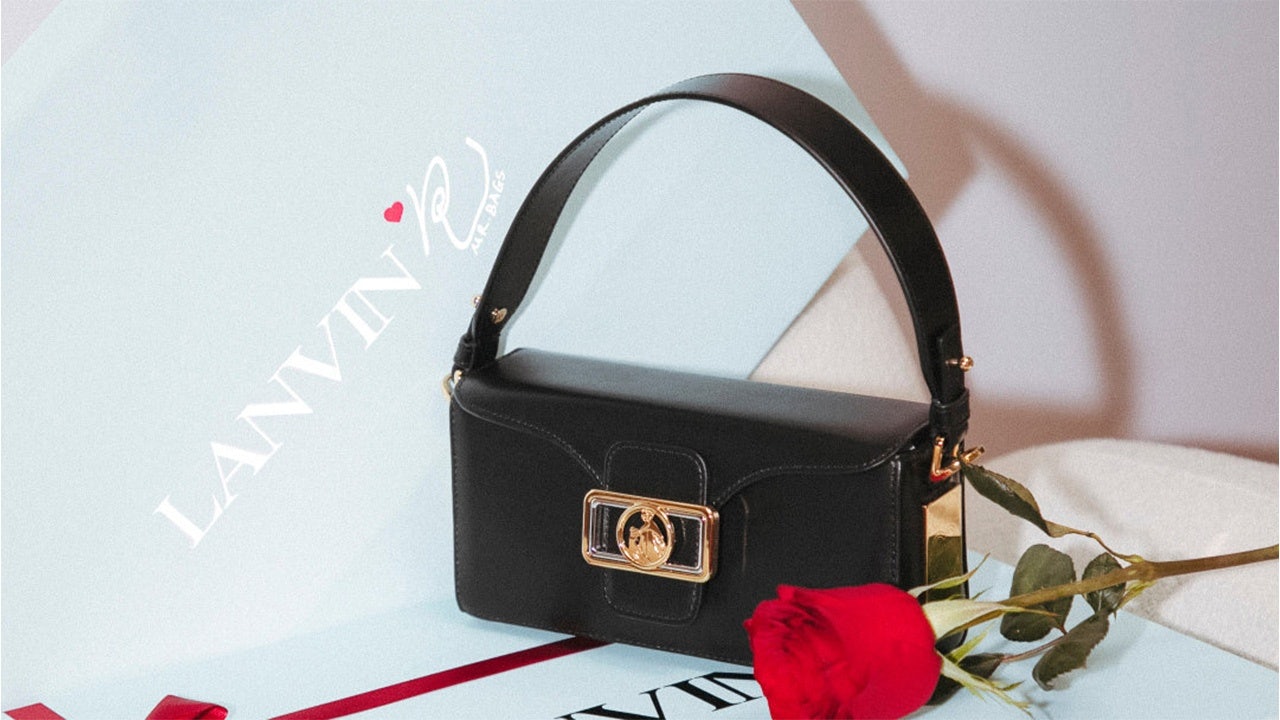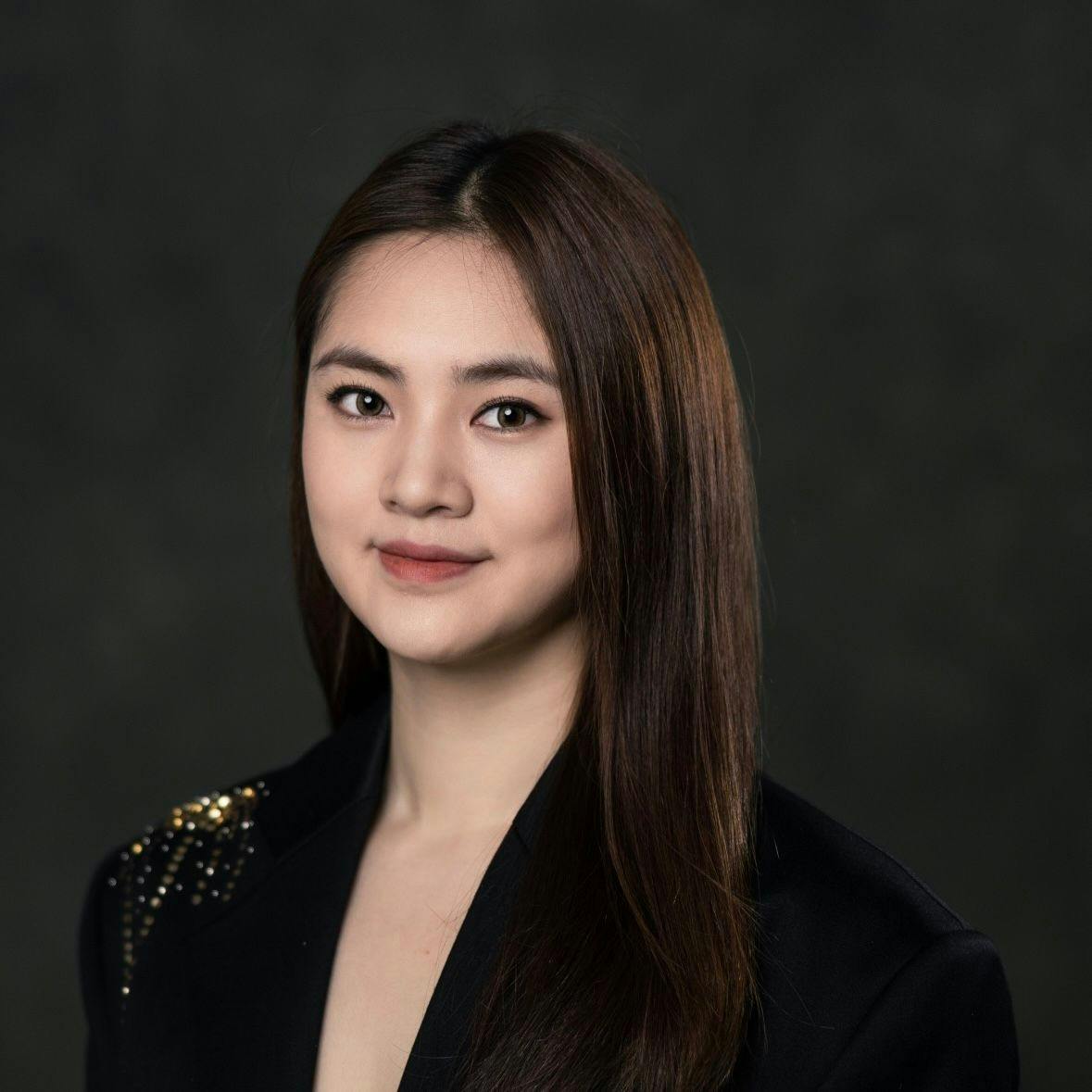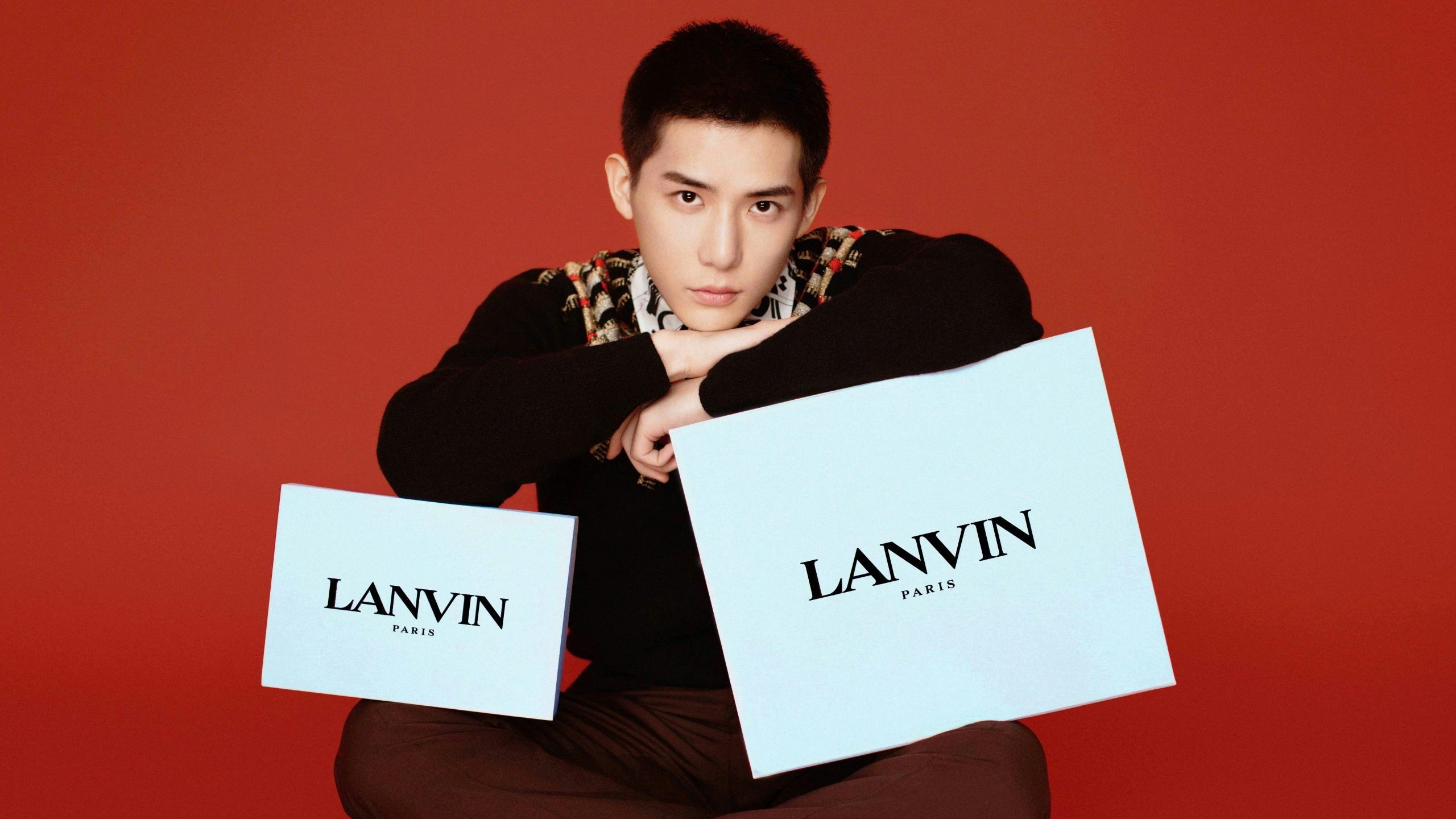What happened
Lanvin Group has taken a step further to become China’s LVMH. On March 23, the Shanghai-based luxury fashion group announced its IPO plan on the New York Stock Exchange via a business partnership with Primavera Capital Acquisition Corporation — a China-based investment firm with over 17 billion of assets under management. According to the official statement, the deal values Lanvin Group at 1.5 billion with a combined pro forma equity value of up to 1.9 billion.
The conglomerate, which rebranded from Fosun Fashion Group in October 2021, owns Italian luxury shoemaker Sergio Rossi, Austrian underwear label Wolford, American womenswear company St. John Knits, and tailor Caruso, alongside the French luxury namesake.
The Jing Take
From enriching its portfolio with global names to a savvy name change, Lanvin Group has been striving to emphasize its global vision. The New York IPO is the icing on the cake, laying bare its ambitious development trajectory in the industry.
With a goal of building up a global luxury conglomerate, Lanvin Group expects growth in North America and China, the world’s first and second largest luxury markets, respectively. This ambitious global expansion — beyond its homeland — is reflected in a North America IPO over a Shanghai debut. Joann Cheng, Chairman and CEO of Lanvin Group, confirmed in a media conference on March 23, 2022 that offline footprint expansion, digital marketing, and e-commerce will be the priorities for these markets.
Meanwhile, the group is watching for potential acquisition targets, which include not only horizontal integration, but also vertical ones, especially supply chain companies with sustainability specialties, as well as digital-driven companies. Cheng mentioned the importance of leveraging the “fashion ecosystem,” which involves global creative talents and players in other segments like production and technology. This is, indeed, where China can add benefits.
According to the group’s financial presentation, it expects a 31 percent CAGR global revenue growth between 2021 and 2025, with 56 percent rise in Greater China and 27 percent increase in North America. However, mastering know-how in the luxury industry is more than merely acquisition. How to maintain a brand's DNA, and reinvigorate them in the context of various regional markets, will be the major challenge for its star house Lanvin, as well as other labels under its umbrella. Moreover, as its competitors have also competed fiercely for both markets, can the group convince global investors to make a bid for its expansion in the next three to five years?
The Jing Take reports on a piece of the leading news and presents our editorial team’s analysis of the key implications for the luxury industry. In the recurring column, we analyze everything from product drops and mergers to heated debate sprouting on Chinese social media.


